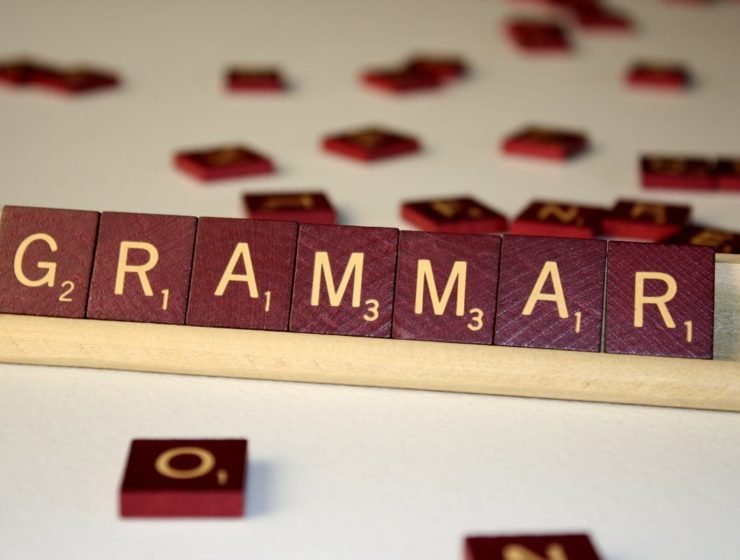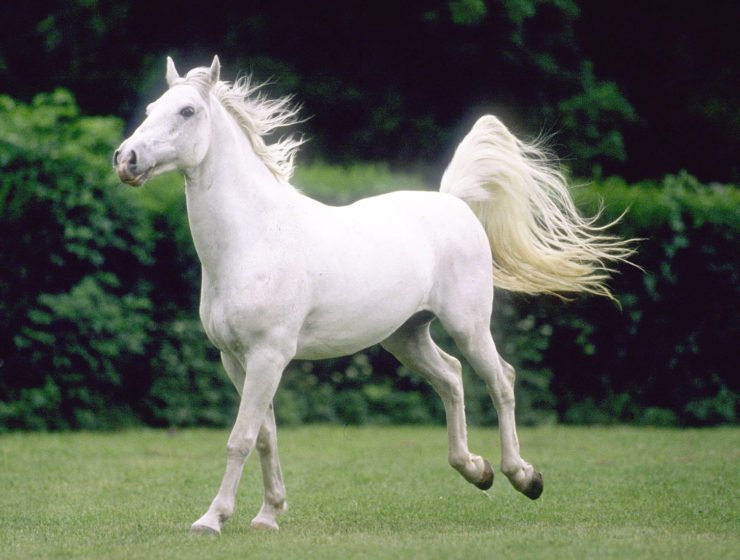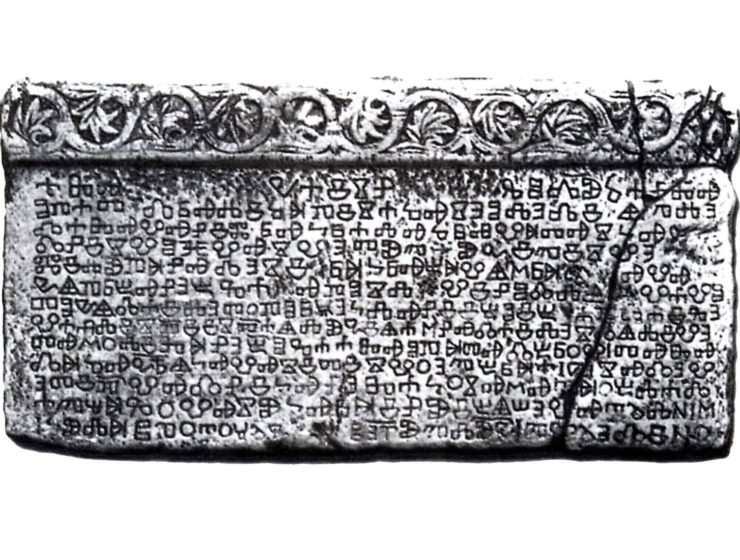They were bred to selected imported mares and the local Karst horses, which were white in colour, small, slow to mature and extremely tough.
Glagolitic script in Slovenia
Glagolica was still in common use in parts of Slovenia during the 15th, 16th and 17th centuries. In the 16th century Reformation movement and the introduction by Primož Trubar of the Latin …
Stična Abbey
A centre of learning, it surpassed for a period of time in influence and standing Ljubljana, the capital of Slovenian territories.
CSF Course Outline Sample 1
CSF Course Outline tables showing objectives, outcomes and general instructions to the course.

Linguistic elements
Students should understand the regularity of the relationship of sounds and letters in Slovenian, from the point of view of both accurate pronunciation and spelling in written Slovenian.
Language functions
The following is an extensive, but not exhaustive, list of a variety of functions, which form a part of communication between people, and could be useful in any teaching approach:
Text types
When we communicate, we use a wide variety of language forms, which have their particular structure, style and purpose. They have been called text-types or discourse forms.
VCE outcomes, Unit 1-4
The summary of outcomes and assesment tasks
Declension
Slovenian expresses with its endings not only number and gender, but also relationships between the different words in the sentences (which in English are expressed by means of prepositions). There are a total of six forms for these relationships – which are called cases.
Stress, gender and number
As in English, stress in Slovenian can fall on any syllable of a word : máti(mother); govorìti (to speak); zakaj (why). In the vocabularies the stress is always marked. In diferent forms of the same word, the stress occurs quite on different syllables: nosìti – nósim, móž – možÃ¡, člôvek – človèka. A few words have no stress whatsoever.
SUBSCRIBE
Subscribe now to get notified about exclusive offers from The Voux every week!




